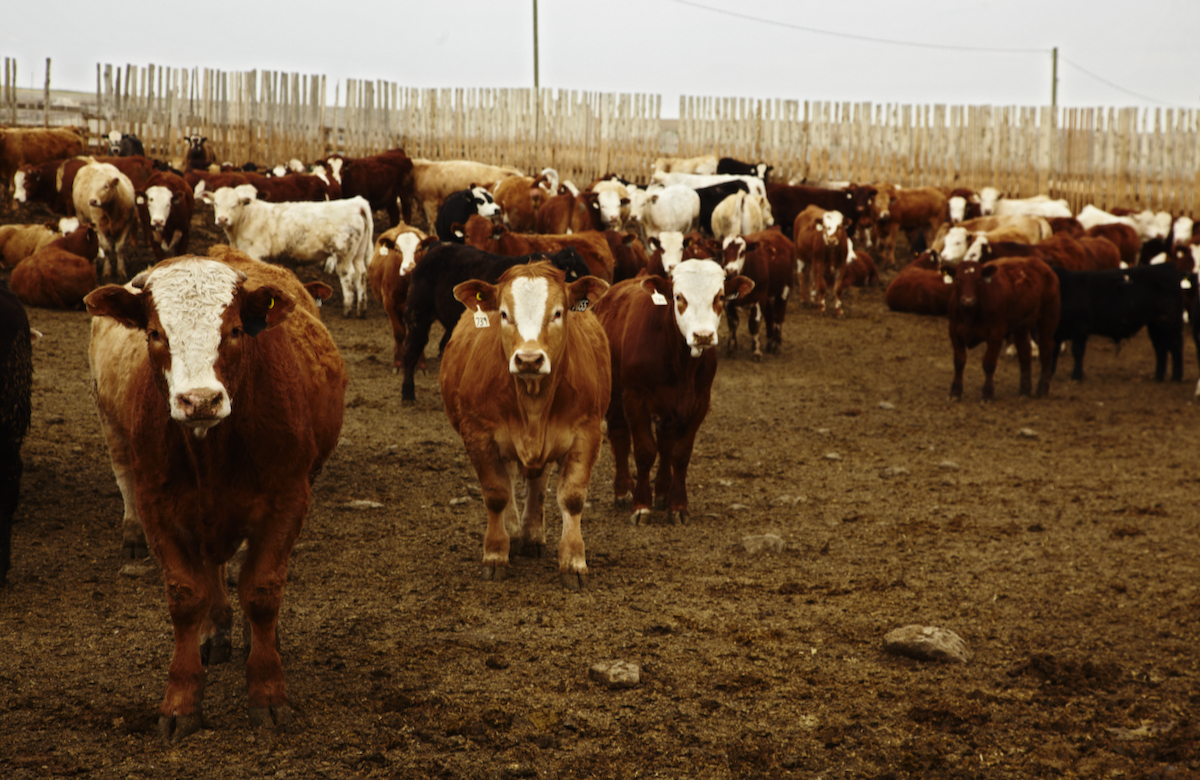Western Canadian feeder cattle prices were $2 to $3 higher last week. Most auction markets reported very little volume and many cattle buyers remain on holidays at the Calgary Stampede.
In central Alberta, 800- to 900-pound steers averaged $128 with feedlots showing stronger interest for heavier replacements. Alberta packers bought fed cattle at $101 per hundredweight (cwt), which is about $3/cwt below feedlot break-even prices. Despite the negative feeding margin structure, feedlot pen conditions are improving and stronger U.S. cattle prices have perked the interest of major feedlot operators.
U.S. feeder cattle were $3 to $7 higher on average. Beautiful replacement steers weighing 800 to 900 pounds averaged $141.26 at Valentine, Nebraska. The Fourth of July appeared to spur buying interest, with the fireworks coinciding with record-high feeder cattle prices. U.S. fed cattle prices reached up to $115/cwt but the April 2012 live cattle futures have surpassed the recent spring highs.
Read Also

U.S. livestock: Cattle at fresh highs, hogs weaken
Cattle futures on the Chicago Mercantile Exchange climbed to fresh highs on Tuesday, as tight supplies and the ongoing closure…
Heat advisories were issued Monday for 17 states in the Midwest and south, which may temper cattle movement this week. Oklahoma City has already experienced 100 F heat for 10 days in a row. Look for cattle price volatility as the corn market could jump on potential yield deterioration.
Technically, the cattle market looks quite constructive and a couple of investment houses came out with bullish recommendations. Therefore, we will see speculative funds pour money into the cattle futures, compounding the excitement at local auction rings.
The weaker U.S. jobs data did little to curtail upward momentum, as the cattle market is focused on tight fall supplies. The industry is expecting the U.S. Department of Agriculture’s next cattle on feed report to show year-over-year declines in feedlot placements, which will confirm lower fourth-quarter beef production.
— Jerry Klassen is a commodity market analyst in Winnipeg and maintains an interest in the family feedlot in southern Alberta. He writes an in-depth biweekly commentary, Canadian Feedlot and Cattle Market Analysis, for feedlot operators in Canada. He can be reached by email at [email protected] or at 204-287-8268 for questions or comments.















